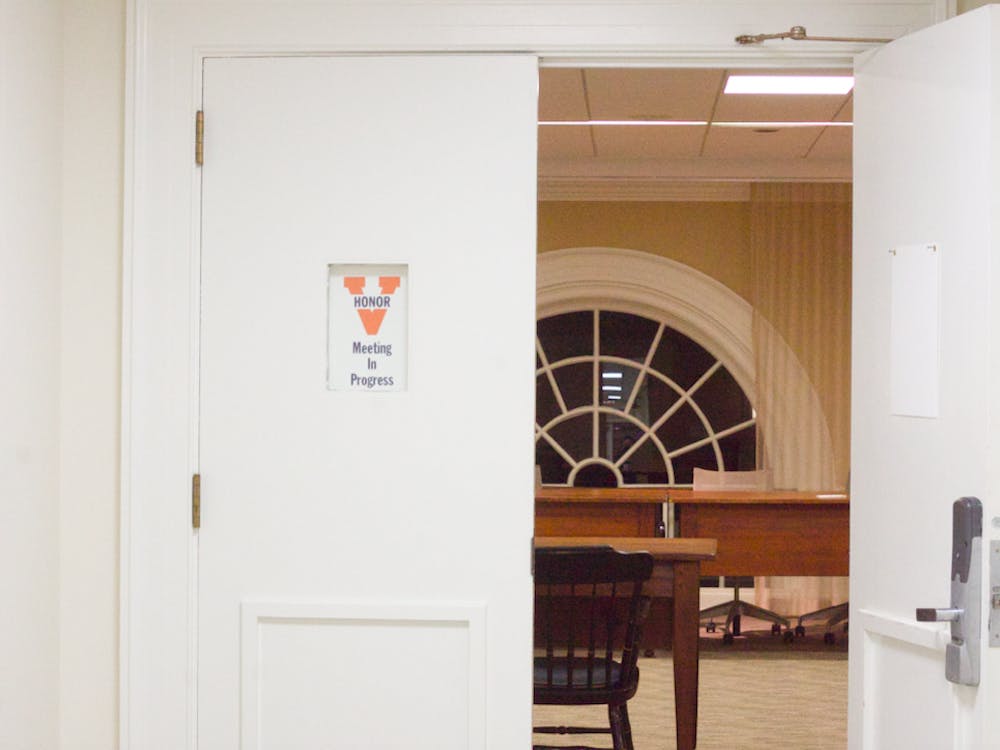Your whole schedule is all planned out: no classes on Friday or before 11 a.m. or with that teacher with terrible reviews. Then, your time to pick classes rolls around and you excitedly open up SIS. Hurriedly, you go to the classes you want, enroll in all of them — and get them all.
Then, you wake up. . . and actually enroll in classes, realizing you got just one that you wanted. The rest are full. The other five you end up with are extremely marginally, peripherally, actually-not-at-all important to you. It is the most frustrating time of the year.
Such a system encourages a cutthroat attitude and competition between students over getting into preferred classes with preferred professors and time slots. There is no trust and there is no community when everyone is scrambling to get into ECON 2010 — a class with a very small number of openings for younger students considering how highly coveted a seat is. There is resentment between people who have terrible schedules and those who have exactly what they wanted due to a better time slot or because their desired classes had more space available.
To replace such a winner-take-all system, I propose every student come up with a list of classes, ranked in order of importance to that individual student. Everyone would then put this list in SIS, which would make every schedule according to students’ preferences, with priority given to upperclassmen. The system would go through each student's first choice and enroll students in those with upperclassmen being given their first choices first and then third-, second- and first-year students getting their first choices. After this process is repeated, each student would have a baseline schedule. At this point, SIS would revert to its old system for students who want something changed or added.
To resolve the issue of excess classroom space or, conversely, a dearth of classroom space, I propose a method of changing the seats in a class to be flexible based on how many students want to enroll in the class. A dynamic class size will allow those classes that are more desired to adjust and normally big classes that have fewer people enrolled to be in a smaller classroom.
I agree that third and fourth years need to be able to enroll in the classes they need to graduate on time, but I don’t think the current system is fair enough for underclassmen who also have graduation plans and who need to stay on track with their schedules. Under this system, upperclassmen would still be able to get two to three classes they need for graduation, but wouldn’t be able to get their perfect desired schedules at the expense of underclassmen. The currently imbalanced system would be made significantly less so by this change, but would still retain the necessary class selection advantage that upperclassmen currently possess.
Self-adjusting class sizes would improve efficiency by limiting the use of huge lecture halls that are half full or small classrooms that can barely fit the amount of people enrolled. Such a robust system would have drawbacks because of uncertainty about distance between classes. This is because classrooms would not be set while people were making their rankings, only after SIS had determined preliminary schedules. This cost, however, is offset by the fact that self-adjusting class sizes reduce waste and allow people to get into the classes they want much more easily.
Due to some classes necessarily being small, those that are designed to be intimate, discussion-based classes would have to have limits on how large they could grow. Furthermore, classes that grow so large that they cannot be contained in one lecture hall would have to be split up into two rooms, with one class getting a video feed of it and a teaching assistant to tell the professor if students have questions.
Both of these problems have simple solutions, a rare occurrence in the domain of higher education. These two solutions would do more than enough to eliminate waste and reduce student frustration with class selection and scheduling.
Sawan Patel is an Opinion columnist for The Cavalier Daily. He can be reached at s.patel@cavalierdaily.com.





